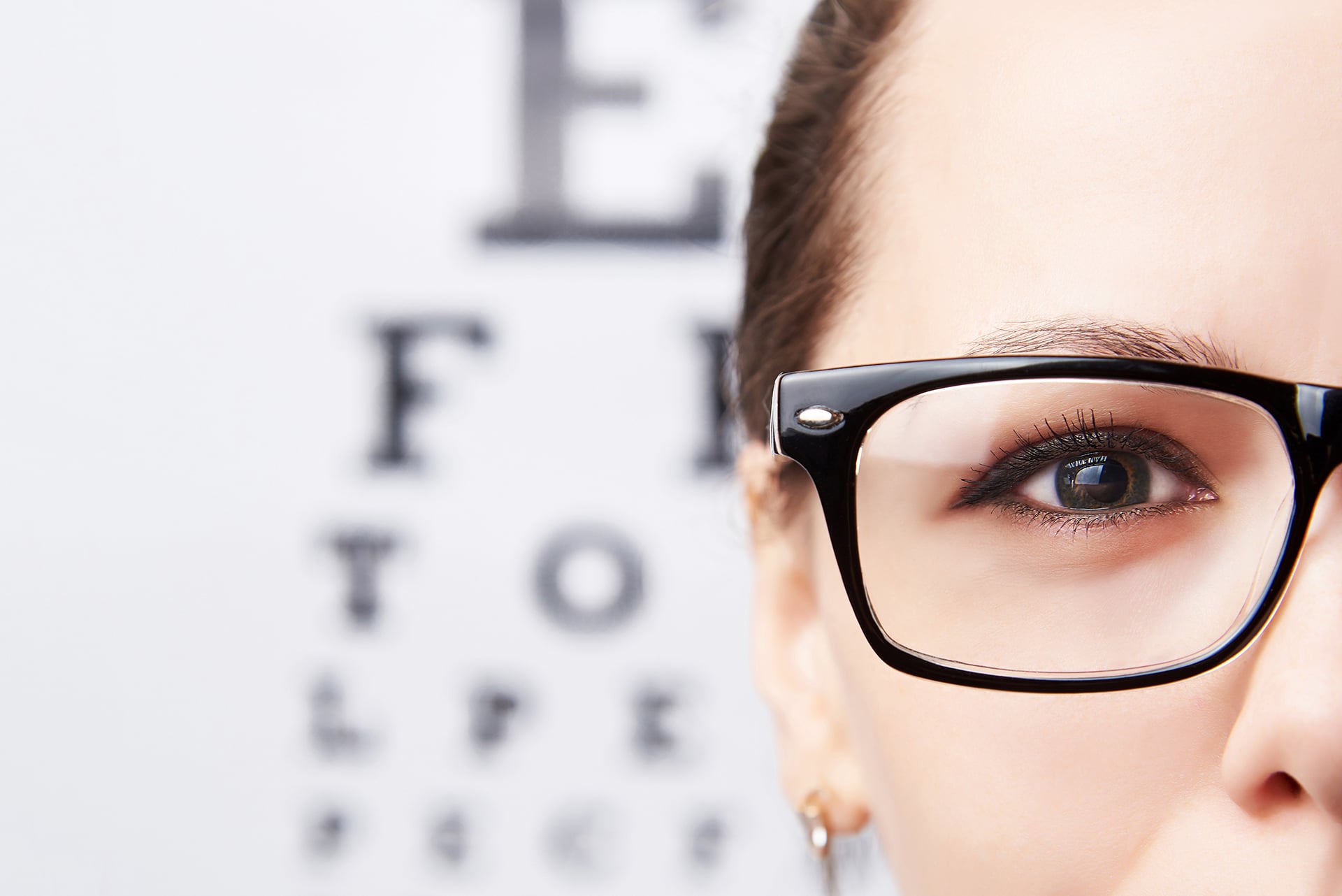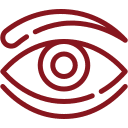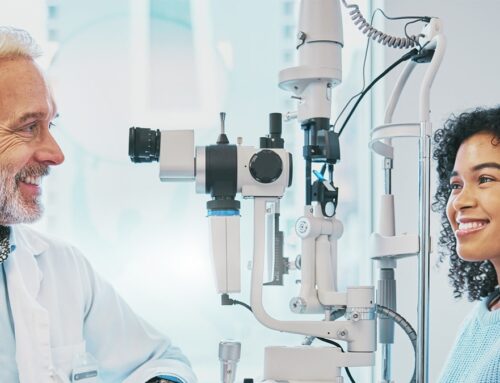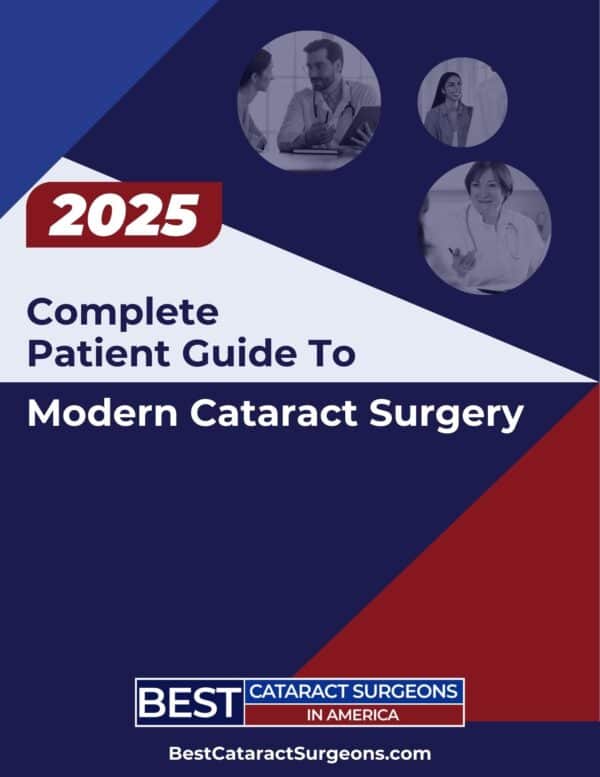For those aged 55 and older, maintaining clear vision is essential for enjoying life’s daily activities and preserving independence. Bilateral cataracts, a condition where cataracts develop in both eyes, can significantly impact this quality of life. Understanding this condition is crucial for making informed decisions about eye care and treatment options. This article provides a comprehensive overview of bilateral cataracts, empowering you with the knowledge needed to navigate this common eye condition.
The Impact of Bilateral Cataracts on Daily Life
As bilateral cataracts progress, they can significantly impair vision, making everyday tasks challenging. Activities like reading and driving may become difficult, and recognizing familiar faces can be a struggle. This gradual decline in visual acuity often leads to a loss of independence, requiring assistance for transportation and daily activities. The effects extend beyond physical limitations, impacting emotional well-being and social interactions.
Timely diagnosis and treatment of bilateral cataracts is crucial—not only for preserving vision but for maintaining your independence and quality of life.
6 Cataract Types That Can Be Bilateral
- Age-related This is the most common type caused by natural aging.
- Posterior Subcapsular. Forms at the back of the lens, often affecting both eyes.
- Nuclear Sclerotic. Develops in the center of the lens, causing it to become yellow or brown.
- Cortical. Begins at the edges of the lens and works its way to the center.
- Anterior Subcapsular. Forms at the front of the lens, less common than posterior cataracts.
- Congenital. Present at birth or developing in early childhood, often genetic or due to prenatal factors.
What Are The Risk Factors for Developing Bilateral Cataracts?
Bilateral cataracts can develop due to various factors:
- Aging: The most common cause, as lens proteins change over time.
- Trauma & UV Exposure: Eye injuries and prolonged UV exposure can damage the lens.
- Lifestyle Factors: Smoking and high cholesterol increase the risk.
- Health Conditions: Diabetes can lead to changes in eye proteins, increasing cataract risk.
- Medications: Including steroids, beta-blockers, and antipsychotic drugs may contribute.
- Previous Eye Surgery: Can sometimes lead to new cataract formation.
- Genetic Factors: Family history can increase risk, especially for anterior bilateral cataracts.
What Symptoms Can You Experience With Bilateral Cataracts?
| Symptoms | Description |
|---|---|
| Blurred or Cloudy Vision | A loss of sharpness, making it hard to discern shapes or hazy/foggy vision. |
| Difficulty Seeing At Night | Challenges in low-light conditions; driving at night becomes difficult due to reduced contrast and increased glare from lights. |
| Sensitivity to Light | Discomfort in brightly lit environments, often accompanied by glare or halos around lights. |
| Double Vision | Seeing two images of a single object due to light scattering as it enters the eye. |
| Frequent Changes In Prescription | Needing more frequent updates to glasses or contacts (year or less); indicates rapid vision changes. |
| Seeing Halos Around Lights | Experiencing circles of light around bright light sources, such as headlights or street lamps. |
| Fading or Yellowing of Colors | This happens because the cloudy lens filters out certain wavelengths of light, affecting color perception. |
Diagnosis & Treatment of Bilateral Cataracts
Diagnosis involves comprehensive eye exams including visual acuity tests (vision clarity), slit-lamp examinations (eye structures), and retinal assessments. The primary treatment is surgery, a safe and effective option that replaces the cloudy lens with an artificial intraocular lens (IOL). Non-surgical options like new eyeglasses or anti-glare sunglasses can manage symptoms temporarily until surgery is necessary.
Recovery, Prognosis and Prevention of Bilateral Cataracts
Recovery from cataract surgery is typically swift, with most patients resuming normal activities within weeks and experiencing significant vision improvement. While complete prevention isn’t guaranteed, you can reduce your risk through regular eye exams, UV protection, a healthy diet rich in antioxidants, managing health conditions like diabetes, quitting smoking, and maintaining healthy cholesterol levels. Regular follow-ups are crucial for monitoring recovery and adjusting vision correction as needed.
Enjoy Your Life More With Clearer Vision. Find The Top Cataract Surgeon Near You, Today!
With bilateral cataracts, early diagnosis and timely surgical intervention can prevent prolonged impaired vision, loss of independence, and enhance your quality of life. If you suspect you have cataracts or are experiencing symptoms, take action today by visiting our Find a Surgeon directory on the Best Cataract Surgeons website to find the best cataract surgeon near you, today!











